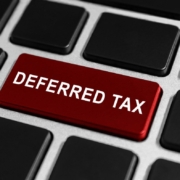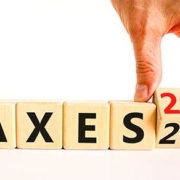SELF-EMPLOYED PENSION PLAN CONTRIBUTION LIMITS
Tax laws provide for plans that allow self-employed individuals to establish retirement plans for themselves and their employees, if they have any. Those most frequently encountered are the SEP (Simplified Employee Pension) and Keogh Profit Sharing Plans. Even though they are not IRAs, the SEP plans utilize an IRA account as the depository for the SEP plan contribution, thus minimizing the administration requirements of the employer.
The compensation limits for both of these plans is generally 25% of compensation. The following details the differences between contributions for employees and the amount allowed for the self-employed individual.
- Employees: Contributions in 2017 on behalf of an employee are generally limited to the lesser of $54,000 (up from $53,000 in 2016) or 25% of the employee’s compensation (up to the compensation limit). The compensation limit for 2017 is $270,000 (up from $265,000 in 2016).
- Self-Employed Individual: The contribution limit is 25% of the net profits from self-employment less the amount of the contribution itself and the self-employment (SE) tax deduction. This will result in a contribution amount somewhat less than 20% of the net profits before deducting the contribution itself and the SE tax deduction. The contribution is also limited to the same maximum contribution amount and compensation limits as applicable to an employee.
Both the compensation limit and the annual contribution limit are adjusted annually for inflation.








Leave a Reply
Want to join the discussion?Feel free to contribute!